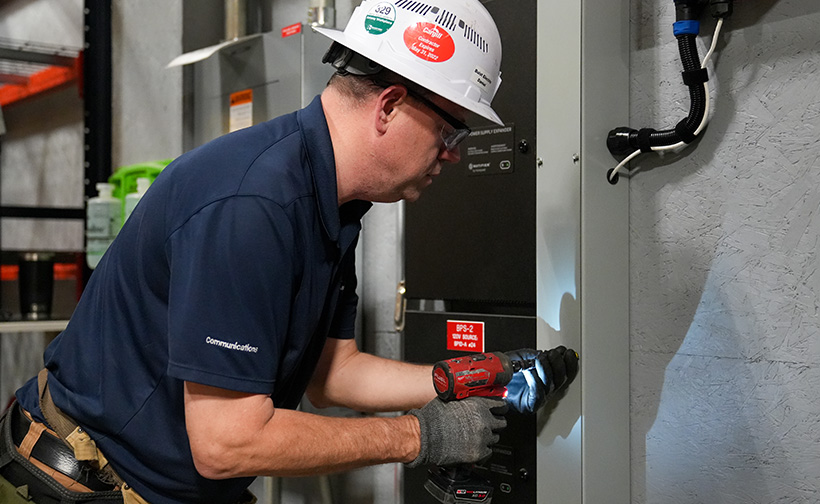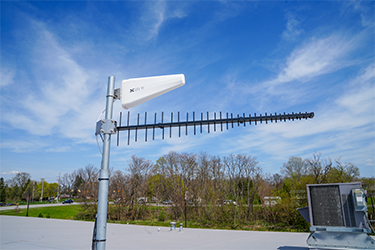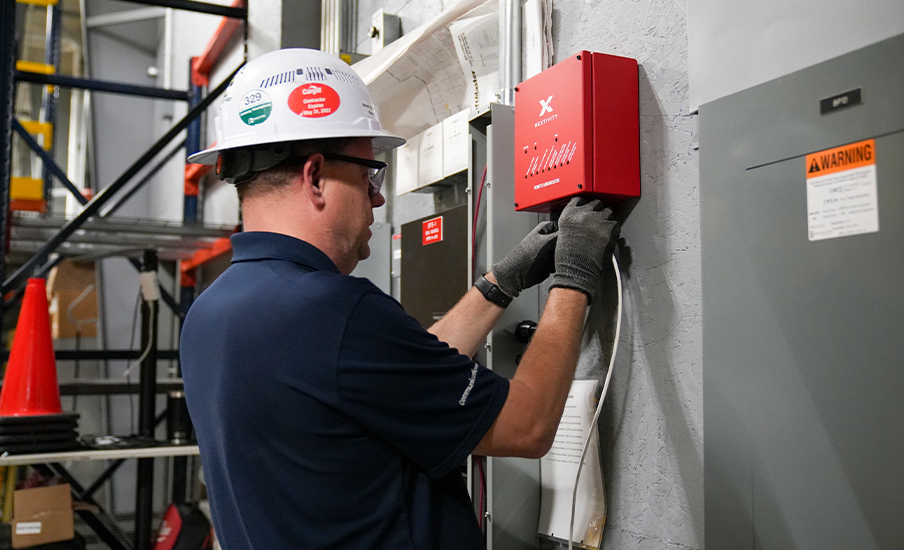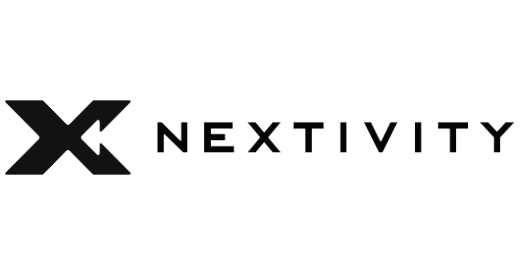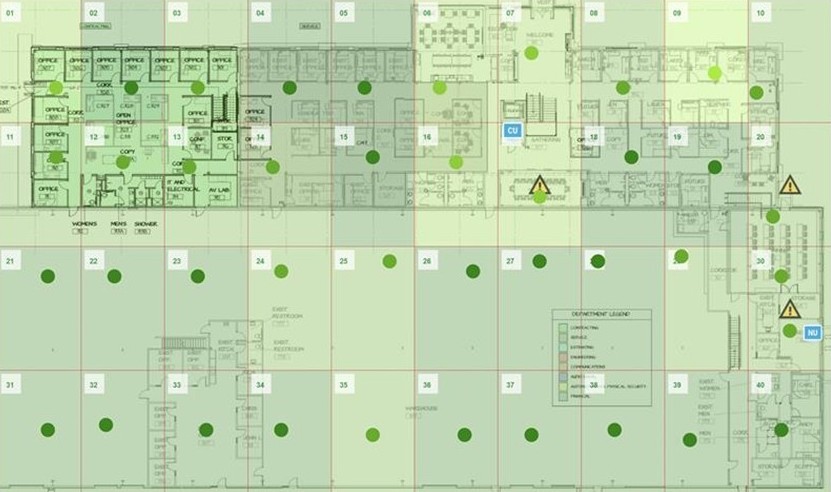A Distributed Antenna System (DAS) is designed to enhance cellular connectivity and coverage in areas where traditional cell tower signals struggle to penetrate, such as large buildings, stadiums, or campuses. Cellular DAS consists of a network of spatially separated antenna nodes connected to a central source via a transport medium. The Buist team will conduct a survey at your facility to assess current cellular service, review the findings with your team, and explore the best solution options to improve coverage.
DISTRIBUTED ANTENNA SYSTEMS
Distributed Antenna Systems (DAS) improve wireless connectivity by placing antennas throughout a building. There are two main types of DAS. Cellular DAS enhances mobile network coverage, while Public Safety DAS, also known as Emergency Responder Communication Enhancement Systems (ERCES), ensures reliable communication for emergency responders.



